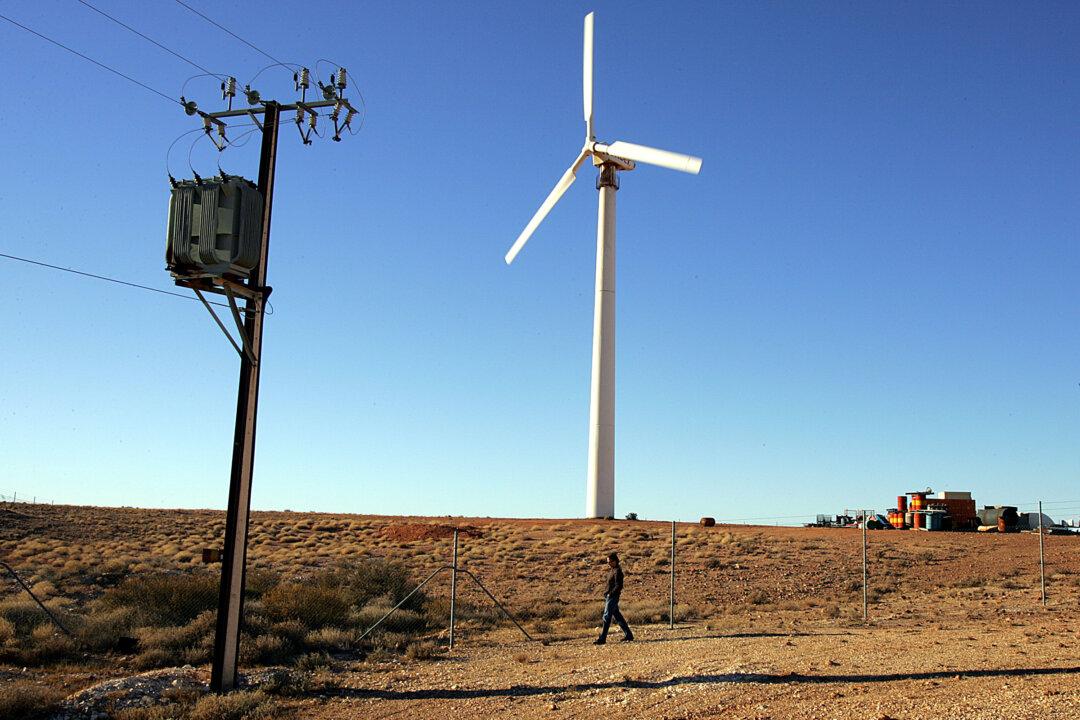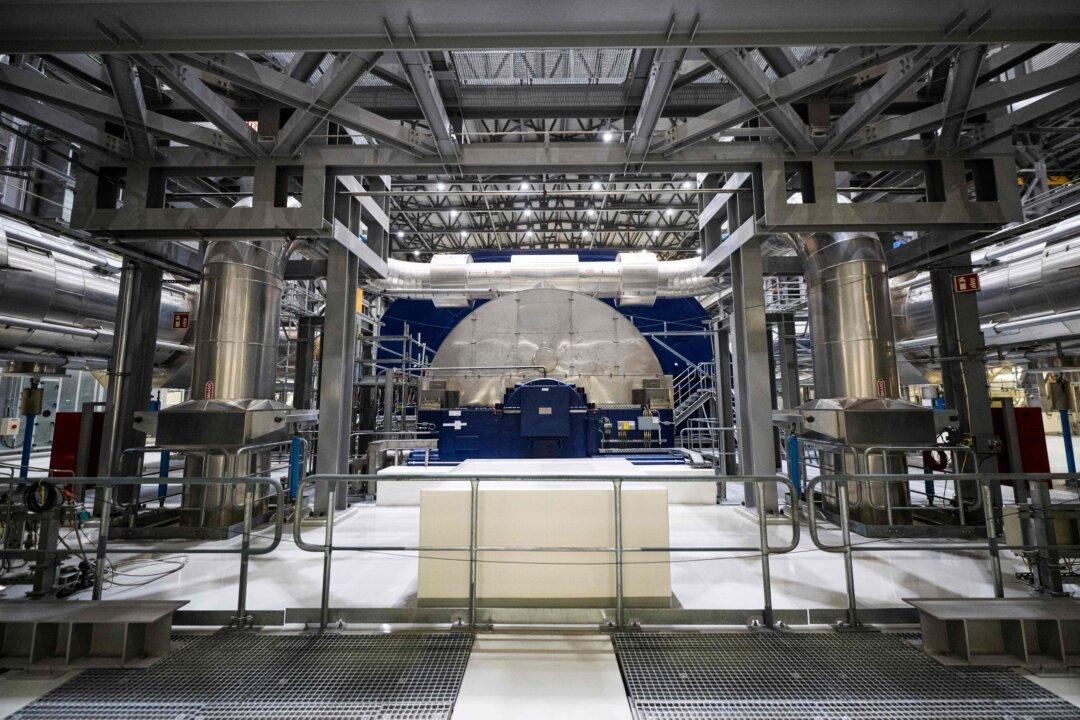Australia posted a further trade surplus record of $17.7 billion (US$12.34 billion) in June as the country continued to export considerable volumes of coal, iron ore and grain.
June’s surplus was also well above May’s record of $15 billion and outperformed economists’ expectations of a drop to $14 billion.
“The income flowing into Australia is supporting Aussie businesses at a crucial time, a time when fears of a recession are being expressed globally,” he wrote in a media release.
However, they cautioned that the surplus was about to reach its peak and would start to drop.

This is especially the case as China, Australia’s largest buyer, is trying to reduce coal imports and steel production.
James said Australia’s exports to China fell markedly from the record of $179.5 billion in the year to November 2021 to $170.5 billion in the 12 months to June.
On the other hand, Australia’s trade with India has skyrocketed as exports and imports soared by 108 percent and 63.5 percent, respectively.
Commodity Exports Continue to Grow
Iron ore exports rose by 5.5 percent to $15.5 billion due to higher demand from China, Vietnam and Taiwan.While rural goods exports went up by 11.8 percent with robust gains in meat and grains, gold exports surged by 63.8 percent, following a 71 percent jump in May.
In addition, coal shipments dropped 0.6 percent to $14.35 billion due to softened coal prices.
Most notably, the export value of lithium, a key component in rechargeable batteries used in the electric vehicle industry, broke the $1 billion mark in June, with shipments soaring by 1189 percent compared to a year ago.
Almost all Australian lithium is manufactured in Western Australia, and China has imported 94 percent of Australian lithium so far this year.
The ABS expected commodity exports to continue growing and contribute $9.4 billion in revenue to the Australian economy by the 2023-2024 financial year.





